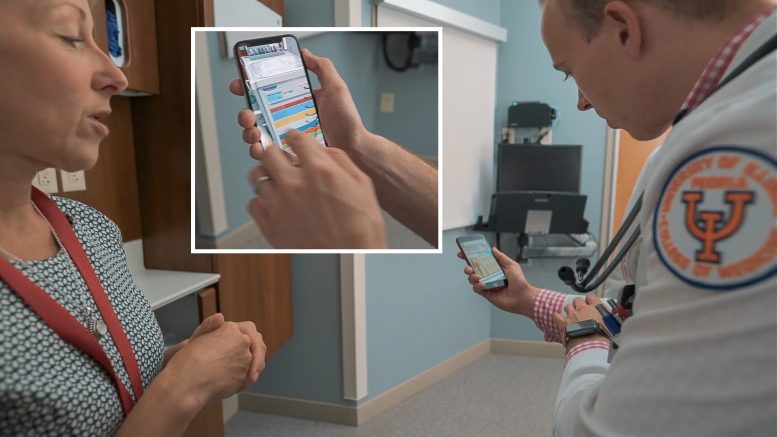Peoria-based OSF HealthCare and the University of Illinois (U of I) at Urbana-Champaign’s Grainger College of Engineering will be able to double their yearly grant awards to improve community health and wellness with new commitments from both organizations, matched by a $25 million dollar donation.
The DiSomma Family Foundation will contribute $25 million and OSF HealthCare and U of I are providing $12.5 million each to bring the Jump ARCHES (Applied Research for Community Health through Engineering and Simulation) to a total of $112 million in support since the program was established in 2013.
The expanded effort will result in yearly grants of $4 million, focused on solving the biggest health care challenges including rural access and health care consumer behavioral changes. For the first time, U of I’s Center for Social and Behavioral Science will test the human factors influencing the usability of wearables, at-home assistants such as Amazon’s Alexa, and personal robotic assistants. Results are expected to impact Illinois, the nation and possibly the globe to address factors impacting community wellness including access to care, an aging population, and poverty.
- Rural communities are home to about 20% of the U.S. population but host only 10% of the nation’s clinicians.
- Older people (65+) are expected to outnumber children for the first time in U.S. history by 2035. Projections show Americans 65+ to nearly double from 52M in 2018 to 95M in 2060.
- According to the U.S. Census Bureau an estimated 14.5% of the U.S. population (45.3 million people) are living in poverty. In 2018, Illinois 1,269,753 people.
The research and development effort will also use data analytics to inform, to within a zip code, risk factors influencing community health such as food insecurity and transportation.
Jump ARCHES has funded 34 groundbreaking projects aimed at medical simulation and training of medical practitioners, using clinical and engineering expertise in health information technologies, virtual reality, AI/machine learning, materials and mechanics among other disciplines. For example, a pediatric crash cart app now trains medical students to be better prepared for emergencies involving infants. An advanced life support trainer, created through Jump ARCHES, is being tested for use nationally.
“Philanthropy can be a compelling incentive for organizations to work together for common good,” said OSF HealthCare Foundation President Tom Hammerton. “The DiSomma Family Foundation has created a powerful engine for health care innovations. We are grateful for their visionary gift bringing this to reality.”
“We hope to support path-breaking research to solve fundamental issues such as delivering health care more effectively to rural, underserved communities; helping patients more effectively change their health behaviors and making sure patients can use the technological innovations generated by engineers to improve their health,” according to Brent Roberts who directs U of I’s Center for Social and Behavioral Science.
“Many researchers assert they are close to a groundbreaking medical innovation, but they’re challenged by resources,” said John Vozenilek, MD, FACEP, vice president and chief medical officer, Jump Trading and Simulation Center. “We believe in providing those resources out of which could come the next disruptive technology, medical device, process improvement or data analytics program that will radically improve care delivery.”
The expansion of Jump ARCHES will also contribute to the new Discovery Partners Institute and Illinois Innovation Network, statewide initiatives led by the U of I System to foster discovery and entrepreneurship that drives progress, job creation and economic growth. Additionally, OSF will better serve Illinois’ poor, rural, and elderly patients through its work with several partners to create a downtown Peoria Innovation Hub.

